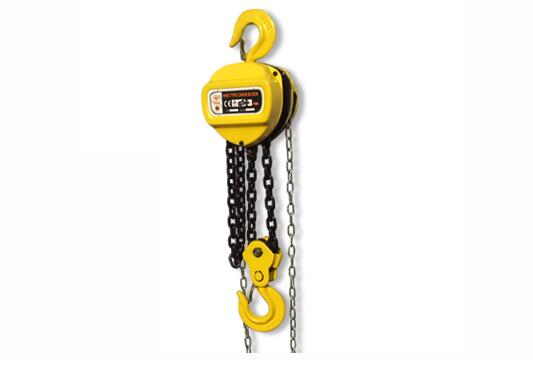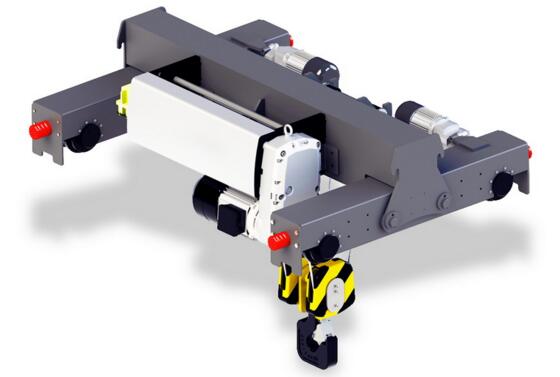Understanding The Difference Between A Manual Hoist And An Electric Hoist
Hoists are machines that are used to help lift and transport heavy loads, and they usually work with overhead cranes. The basic design of a hoist is relatively simple. At the top of the machine (La Maquina) is a wheel or drum that rotates. Wrapped around the drum is a piece of rope or chain. When the chain moves, it spins the drum or wheel. The force from the spinning wheel is then concentrated and applied to a second chain that is attached to a load. As the first chain continues to be pulled, the energy is transferred to the second chain in a highly concentrated form, allowing the load to easily be lifted off the ground.
What Is A Manual Hoist?

There are several different types of hoists out there. Two of the most popular are manual hoists and electric hoists. Manual hoists, as you might guess, are operated entirely by hand. The person running the hoist first attaches the lifting chain to the load that they want to raise up off the ground. Then, they stand next to the load and begin pulling on the other chain. As the chain spins the drum, the force from the chain is transferred to smaller and smaller wheels, becoming concentrated. By the time it reaches the second chain, it is many times more powerful than the force that was applied to the first chain by the operator. This allows the load to easily be lifted off the ground, even if it is far heavier than the operator could otherwise lift by hand.
Functions Of An Electric Hoist
An electric hoist operates in much the same way. The primary difference is that rather than being powered by hand, the hoist is powered by an electric motor. This typically allows it to lift much heavier loads. Additionally, it also improves efficiency by minimizing the amount of physical work that the operator has to put into lifting the load. Instead of having to pull on the chain, all they have to do is flip a switch to start the moto. As long as the engine does not overheat, the hoist can continue operating all day long without becoming tired or needing a break like a person would. This means that electric hoists are much more efficient than manual hoists. Manual hoist mainly works with single girder (MONORRAÍL) overhead cranes o portable overhead crane. But an electric hoist can be operated with both of them, and also double girder overhead cranes.
This increase in efficiency comes at a cost, however. Electric hoists also tend to be much more expensive than manual hoists. This can put them out of reach if you are operating on a limited budget. However, keep in mind that the increase in productivity that they provide can often result in higher profits. This can allow you to pay the machine off more quickly, which may justify the higher initial investment.
Although manual hoists and electric hoists operate in much the same way, there are key differences. Perhaps the most notable difference is in efficiency. Electric hoists tend to be far more efficient than their manual counterparts. They also require far less physical effort to operate. This can make them a smart investment if you have to do a lot of heavy lifting (Elevación pesada) throughout a normal workday.

